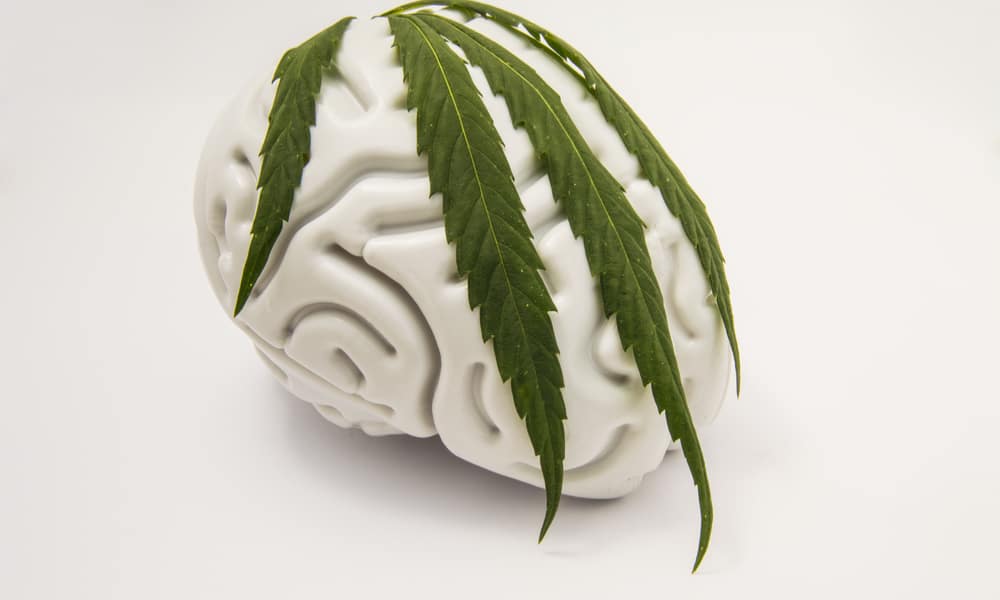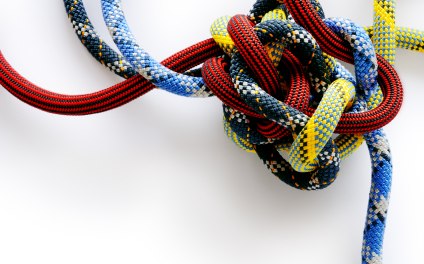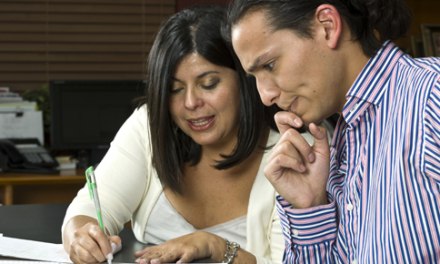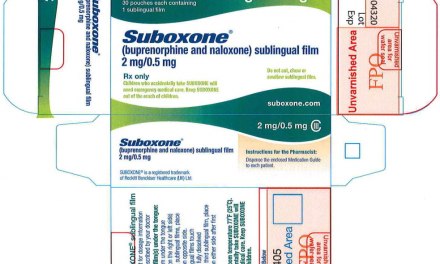Suppose you’re a counselor dealing with a client whose cannabis use is, in your considered opinion, likely to cause problems (or perhaps already is causing problems) in the client’s early recovery. The cannabis could be for an ‘approved’ medical condition (quite a few of those to choose from nowadays) or the product of “recreational use”, whatever that may mean to the client. The client may have come to treatment for another SUD entirely, or for a mental health problem. Nonetheless, you suspect an untreated Cannabis Use Disorder exists that can interfere.
Presumably the client doesn’t recognize that. In fact, cannabis may be seen as helpful in controlling symptoms. Nonetheless, the clinician suspects it is not.
That situation is possible because of the changes that have occurred in the cannabis people use and the ways in which they use it. For instance, a shift to the practice of vaping heated liquids from an electronic device. And the appearance of cannabis products that have much higher percentages of THC than found previously. And chemically adulterated herbal mixtures of various types, intended to mimic higher quality pot and thereby fool the user.
How to address this issue in a treatment setting? Some tips, based on experience:
Avoid arguments about cannabis the drug. Two reasons: first, arguing is not likely to change anyone’s mind. Second, taking an adversarial stance can can inadvertently strengthen the client’s resistance, which is counter-productive. The issue isn’t really cannabis, it’s the disorder that affects its use. That is recognizable through signs and symptoms, well-known to clinicians but strangely unfamiliar to most cannabis users.
It helps to identify these signs and symptoms, and your concerns about CUD, in advance so they can be communicated with clarity to the client. The goal is to facilitate self-diagnosis. Don’t be discouraged if the client initially rejects your input. You may have planted a seed for future reflection. That’s often how people move through the stages of change — slowly.
Another tip: use education to bypass defenses. Clients often possess in-depth knowledge of drugs but lack any real understanding when it comes to the challenges of recovery. Treatment hasn’t always helped. I don’t know how many times I’ve attended lectures in rehab programs that turned out to be disguised attempts to scare people into sobriety. Missing was often the very real knowledge required to sustain that sobriety.
People need (and frankly, appreciate) helpful, practical new information about challenges they will encounter. That needn’t always be directly related to substance use. It can address other areas important to success – how to make good decisions, analyze risks and benefits, monitor and manage craving, resolve predictable conflicts, deal with negative mood states, among others. Or bring to the fore common complaints in early recovery, such as difficulty sleeping, sexual problems, maintaining health, and of course, managing medical issues.
There’s solid research in those realms that a clinician can call on. No need to lecture; just introduce the new information into ordinary counseling sessions. Topic-focused discussions allow the participant to ‘compare in’ with others in practical ways. That’s a good thing.
The goal isn’t so much about retaining facts– this ain’t high school. The effects of past substance use on thinking, memory, and attention span may interfere. Instead, the purpose of education is to engage the participant in learning– first in the role of student, then over time, becoming a kind of “expert” in their own recovery.
Be sure to use real life examples of situations that actually do occur in the course of active addiction and ongoing recovery. In a way, early recovery involves adopting a new role, one that requires decisions of unfamiliar kinds, that reflect a new set of values. This redefinition process should include the use of cannabis. It’s a chance to question whether the client has become dependent on cannabis — that’s not difficult to do — and is possibly experiencing withdrawal symptoms when it’s unavailable. If so, that withdrawal plays a role in what might have been interpreted as continuing pain, anxiety, insomnia, etc.
Let’s face it, certain medications, used for too long, can become part of the problem. That’s what happened with prescription opioids: an essential medication for acute pain became problematic with continuing use. This may be have happened with cannabis, as well, but has gone unrecognized.
Worth exploring, at least.
As always, clients will want to test things out for themselves, to see if, as one put it, “that counselor knew what the hell she was talking about.” Fortunately, in this field we have accumulated so much experience that’s it’s not difficult to predict problem areas to come. It is however still a challenge to convince our clients that they exist.
Note how many otherwise intelligent individuals, in the midst of a pandemic, fiercely resist commonsense precautions against COVID-19.
That’s life. Some get the message relatively early on. For others? it may take a while.













